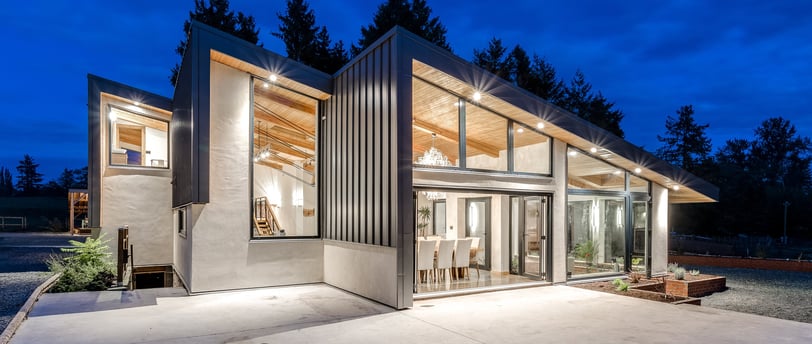Hempcrete Dreams and Carbon-Free Castles
Hemp Construction Materials are game changers
In The Weeds
11/26/20202 min read


Tucked between high-rise ambitions and environmental nightmares lies a quiet revolution—one made of lime, water, and the stalky leftovers of a hemp plant. It’s called hempcrete, and while it won’t win a steel cage match against concrete, it might just save the planet one carbon-negative building at a time.
Let’s get this out of the way: no, your house won’t get you high. Hempcrete isn’t made from THC-rich cannabis buds, but rather from the woody core of the industrial hemp stalk, called hurd. Mixed with a lime-based binder and water, it forms a lightweight, breathable material that’s naturally mold-resistant, pest-repellent, fireproof, and insulating as hell. If hempcrete were a person, it’d be the kind that composts, bikes to work, and still shows up looking cooler than you.
Unlike conventional concrete, which is one of the world’s largest carbon offenders, hempcrete actually absorbs CO₂ as it cures. It’s not just low impact—it’s carbon negative. That makes it one of the few building materials that actively helps fight climate change instead of contributing to it.
In Europe, hempcrete has been quietly rising for decades. France has entire housing developments made from it. In the U.S., it’s still finding its footing, but green architects, eco-entrepreneurs, and DIY builders are catching on. From off-grid cabins to modern suburban homes, hemp is redefining what sustainable living can look like—without sacrificing comfort or cool factor.
Building with hempcrete isn't as plug-and-play as conventional materials. It requires different framing, longer curing times, and (for now) a little more upfront knowledge. But the tradeoff? Walls that breathe, last for generations, and leave a negligible footprint. That’s a revolution worth slowing down for.
Curious where to start? Hemp Traders is leading the charge on building-grade hemp materials in the U.S., offering everything from hurd to insulation panels. Combine that with the growing library of books and resources guiding hemp builders, and the learning curve starts looking more like a gentle slope.
And let’s not forget the aesthetic. Hempcrete gives homes a textured, organic finish that screams “future” without losing its earthy soul. Think minimalist meets Hobbit house—with a splash of Scandinavian design.
As building codes evolve and climate urgency intensifies, hempcrete is poised to move from niche to necessity. Cities are beginning to recognize its potential. Entrepreneurs are investing in mobile processing units. And young builders are asking not just how we build, but why.
A home isn’t just where we live—it’s a reflection of what we value. And if what we value includes sustainability, durability, and actual breathable air, then hempcrete might just be the foundation of the next housing revolution.
So here’s to the dreamers with dust on their boots and blueprints in their heads. The ones building castles—not in the sky, but out of hemp.


